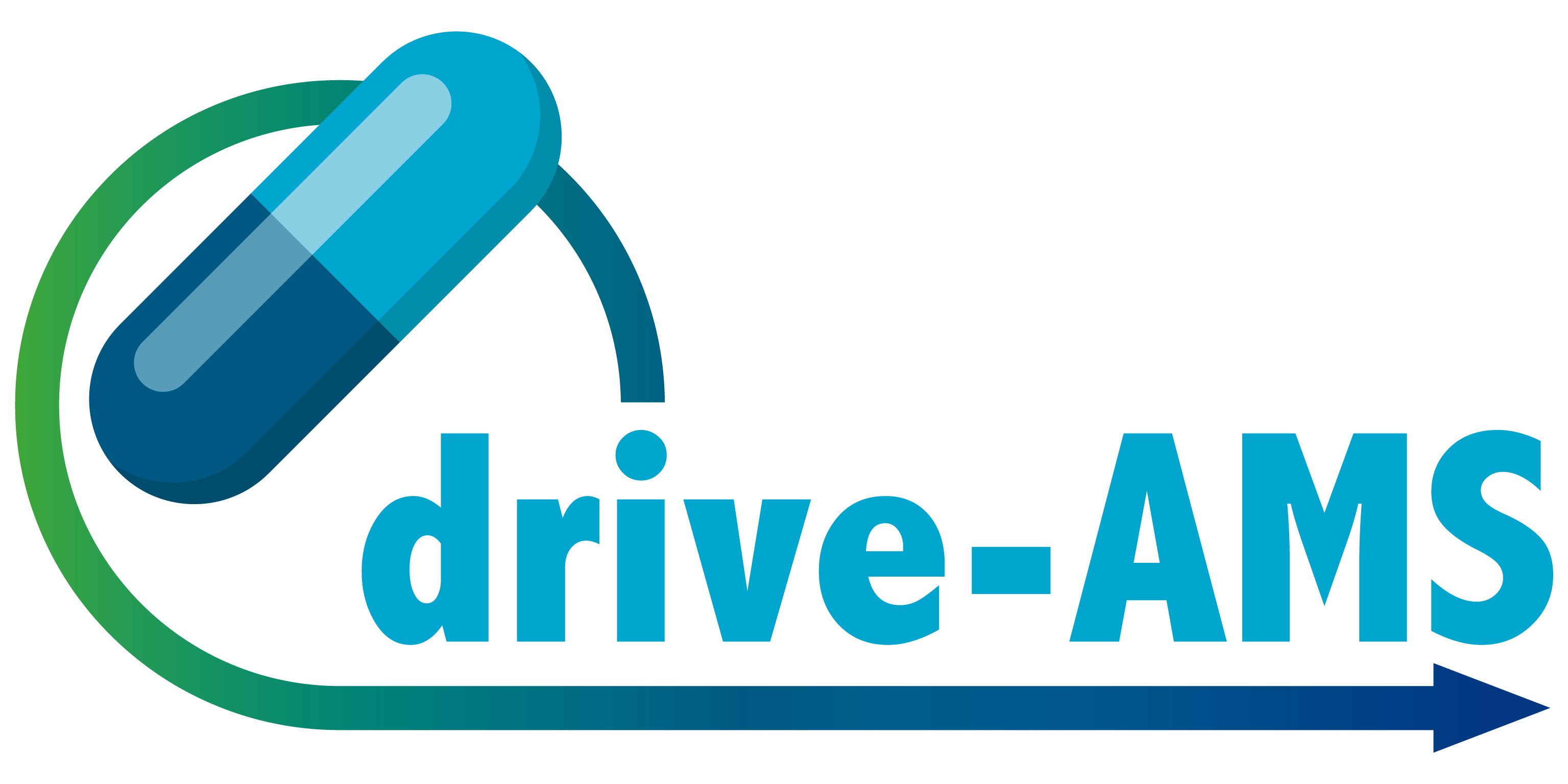Can you introduce yourself and your role within the drive-AMS project in Lithuania?
I’m an infectious diseases physician and work in the Santaros Klinikos hospital in Vilnius where I’m the Chief of the Infectious Diseases Department. Next to that, I teach at the Vilnius University and am a trainer in the drive-AMS programme. I work in a big hospital with over 30 different departments and centres, so there also is a higher rate of resistant infections. Therefore, a well carried out antimicrobial stewardship (AMS) programme is essential. I also did the ESCMID AMS course 2022-2024 to further my knowledge on this topic.
How are you conducting antimicrobial stewardship in your hospitals?
We started our AMS programme at our Infectious Diseases centre. We held regular meetings with the physicians and went through the treatment of patients who got administered antimicrobials. We looked at various aspects such as IV versus oral treatments, duration, the indications and cultural teachings. We measured the results and gave feedback to improve the appropriate use of antimicrobials, which did get better.
We are expanding AMS outside of our centre to other specialties, we have already worked with abdominal surgeons, for example. We assisted them with making sure that the antimicrobial treatments were correctly indicated in the medical records or in improving an appropriate surgical prophylaxis.
Can you give some concrete examples of your AMS activities?
Of course, we have put some restrictions in place but we mainly try to focus on persuading doctors instead of solely restricting them. We provide a lot of feedback and give good examples such as switching to oral treatments.
In your daily work, what are the main challenges or biases you are confronted with when it comes to AMR?
In certain departments there is more resistance, for example, in the intensive care unit, haematology and where immunosuppressed patients are being treated with prolonged courses of antibiotics. There we see a lot of cases of Acinetobacter baumannii and gram-negative bacteria resistance. Consequently, this creates other challenges such as selecting the right antibiotic that will still work and the best infection control measures.
Is there also some resistance from the doctors to adhere to these measures and guidelines when it comes to AMS?
I think it’s important to recognise that doctors have habits and routines. We know that certain practices have been around for a long time, so changing behaviours takes time. We are persistent however, we show them our results and help them understand that investing time to improve AMS is essential. And after a while, we see that their habits adapt and they become part of their new routine.
Can you share some (personal) stories of how AMR affected patients?
I remember a case during COVID, where a patient got operated for a cardiological problem and afterwards developed mediastinitis with resistant bacteria. He unfortunately also got COVID and was transported to our department. He had a large open wound on his sternum which was treated with sponges doused in antimicrobials. He luckily eventually recovered from COVID but he had to remain in the hospital for a year before the several resistant infections finally cleared. That is sometimes the case with such patients, a prolonged hospitalisation is necessary and there are often other complications.
Interested to know more about the Lithuanian drive-AMS network? Read our interview with the country lead Prof. Rolanda Valinteliene here.

